While many may have thought bulb wars had been settled and handily won by LED, there has recently been renewed debate about which type of bulb provides the best lighting. Is LED really superior to older technologies, or do products such as incandescent bulbs provide better quality lighting?
Understanding the benefits of LED lighting is essential for commercial business owners, architects, and designers when designing corporate offices and commercial applications. This article explores how LED compares to the alternatives to see if there’s reason to stick with this technology beyond a quest for efficiency.
Table of contents
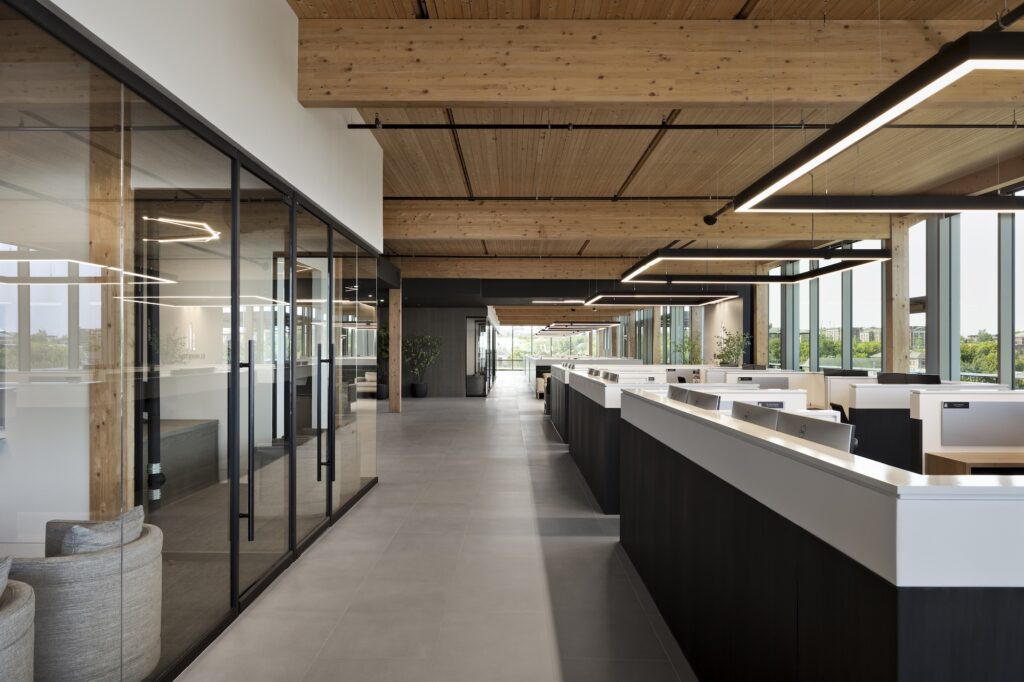
Advantages of LED
Setting aside efficiency for a moment, let’s consider some of the other benefits that LED technology provides in lighting.
Improved life span
Most LED bulbs last 50,000 to 100,000 hours. That’s up to 25 times longer than the average halogen bulb will last and up to 50 times longer than an incandescent bulb.
Longer bulb life means fewer lamp replacements, which means fewer disruptions for office staff and reduced maintenance.
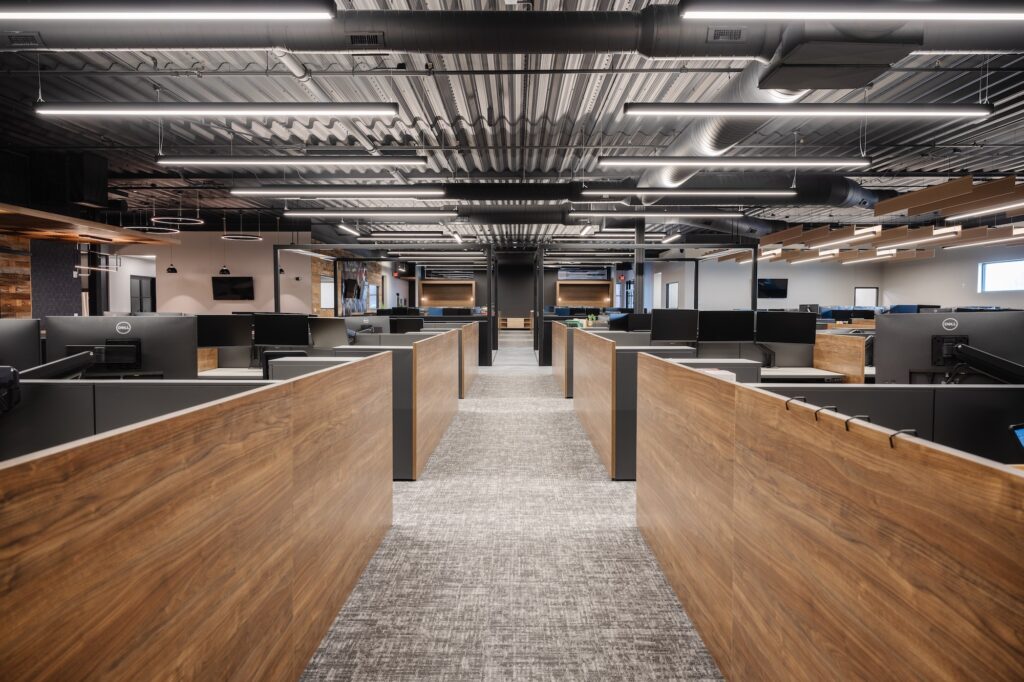
Lower maintenance costs
On the subject of maintenance, LED fixtures generally have much lower maintenance costs than the alternatives. Not only do bulbs require less frequent replacement, but they also don’t require ballasts.
Maintenance teams can spend less time relamping and managing spare parts inventories.
Less heat
LED bulbs generate significantly less heat than other bulb types. This makes for more comfortable environments for employees and creates less demand on HVAC systems to offset all that heat, another cost-saving factor.
Sustainability
LED bulbs contain no mercury or hazardous materials, meaning fewer disposal concerns.
Improved light quality
LED lighting offers:
- Superior color accuracy
- Consistent color temperature with a wider range
- Smoother dimming capabilities
Improved light quality in offices allows LED lights to provide a more visually comfortable work environment that supports productivity while reducing eye strain.
Although the quality difference is most notable versus fluorescent bulbs, there are also quality benefits versus other bulb types. For example, incandescent bulbs offer a limited color temperature range, lacking daylight color temperatures that can be beneficial for focused, detail work.
LED bulbs also offer color tuning capabilities, which allow artificial office lighting to harmonize with the natural cycle of the sun, fostering healthier circadian rhythms for employees.
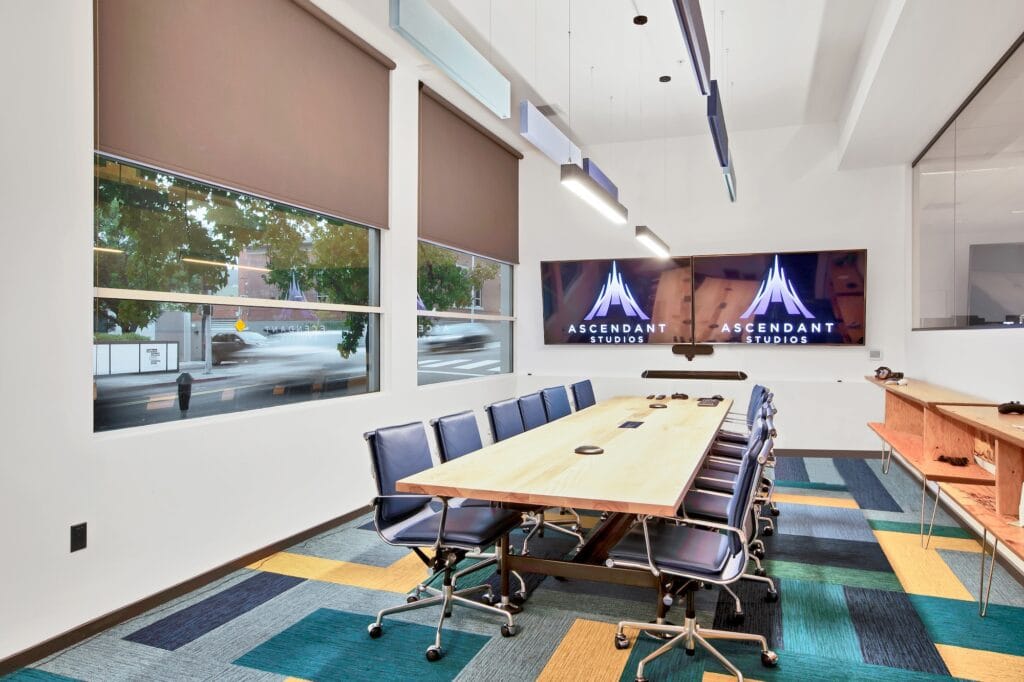
Design flexibility
The broad range of architectural LED lighting products available empowers designers and architects to use lighting as a design element. The architect can use direct and indirect lighting, perimeter lighting and RGBW color-changing LED lighting to create dynamic office spaces and immersive brand experiences.
Why efficiency matters to business owners
When it comes to commercial projects, the push for more efficient technology isn’t about climate goals. It’s about the bottom line for the business.
LED lighting uses 75% less energy than traditional incandescent or fluorescent lighting. Lower wattage requirements mean reduced operating costs for the business.
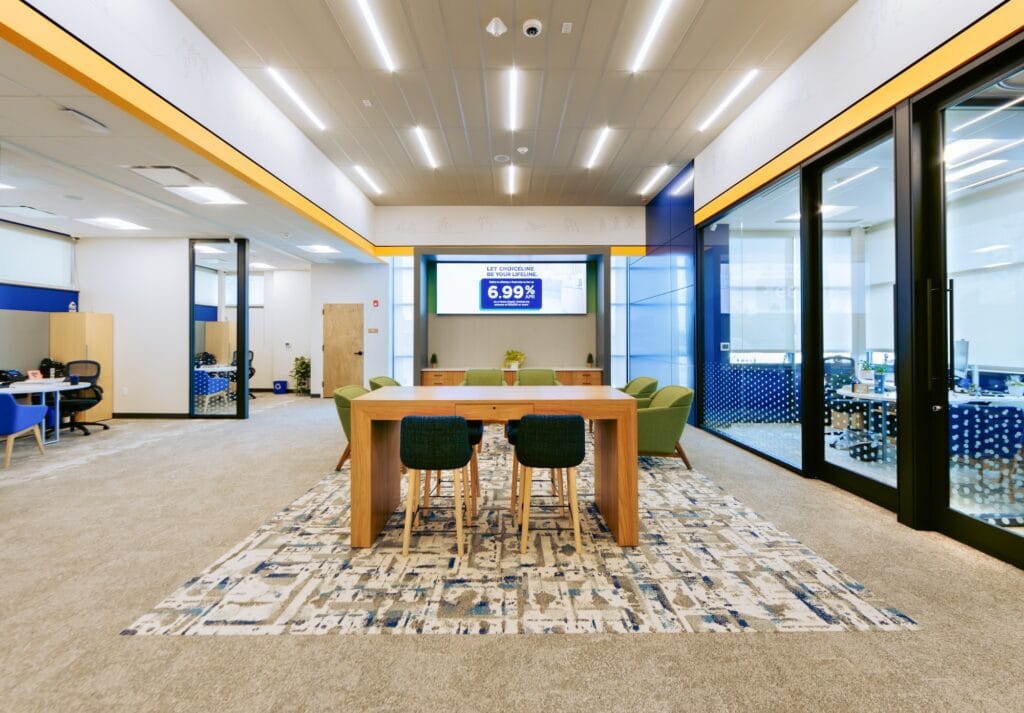
With LED lighting, businesses enjoy:
- Lower electricity costs from the bulbs
- Lower maintenance costs from bulb replacements
- Lower HVAC costs offsetting heat dissipation from bulbs
And for large-scale commercial and corporate operations, those savings can be substantial.
Comparing LED to other bulb types
Here’s how LED lighting stacks up versus other bulb types:
LED vs Incandescent
| Incandescent | LED | |
|---|---|---|
| Average bulb cost | $2-$4 | $6-$8 |
| Lifespan | 750 – 2,000 hours | 50,000 – 100,000 hours |
| Average power consumption | 60 watts | 8 watts |
| Heat emission | 90% of energy consumed | 10-20% of energy consumed |
| Flicker | Minimal (usually not noticeable to the eye) | None |
| Color rendering | Excellent (100 CRI) | Good (90+ CRI) |
| Color temperature | 2700K to 3000K | 2700K to 6500K |
| Dimming | Smooth and easy, but not energy-efficient | Smooth and efficient |
LED vs Halogen
| Halogen | LED | |
|---|---|---|
| Average bulb cost | $3-$5 | $6-$8 |
| Lifespan | 2,000 – 4,000 hours | 50,000 – 100,000 hours |
| Average power consumption | 90 watts | 8 watts |
| Heat emission | 80-90% of energy consumed | 10-20% of energy consumed |
| Flicker | None | None |
| Color rendering | Excellent (100 CRI) | Good (90+ CRI) |
| Color temperature | 3000K (standard), 4000-5000K available | 2700K to 6500K |
| Dimming | Smooth and easy, but not energy-efficient | Smooth and efficient |
LED vs CFL (compact fluorescent lighting)
| Fluorescent | LED | |
|---|---|---|
| Average bulb cost | $2-$5 | $6-$8 |
| Lifespan | 10,000 – 30,000 hours | 50,000 – 100,000 hours |
| Average power consumption | 14 watts | 8 watts |
| Heat emission | 30-80% of energy consumed | 10-20% of energy consumed |
| Flicker | Yes | None |
| Color rendering | Average (80 CRI) | Good (90+ CRI) |
| Color temperature | 2700K to 6500K | 2700K to 6500K |
| Dimming | Not as smooth or with dimming as low; dimming may shorten lifespan | Smooth and efficient |
The bottom line for modern businesses
When it comes to the best type of lighting for commercial offices, LED beats CFL hands down. The original benefit of CFL was that it offered greater efficiency than incandescent. But with the advent of LED, that race for efficiency was won.
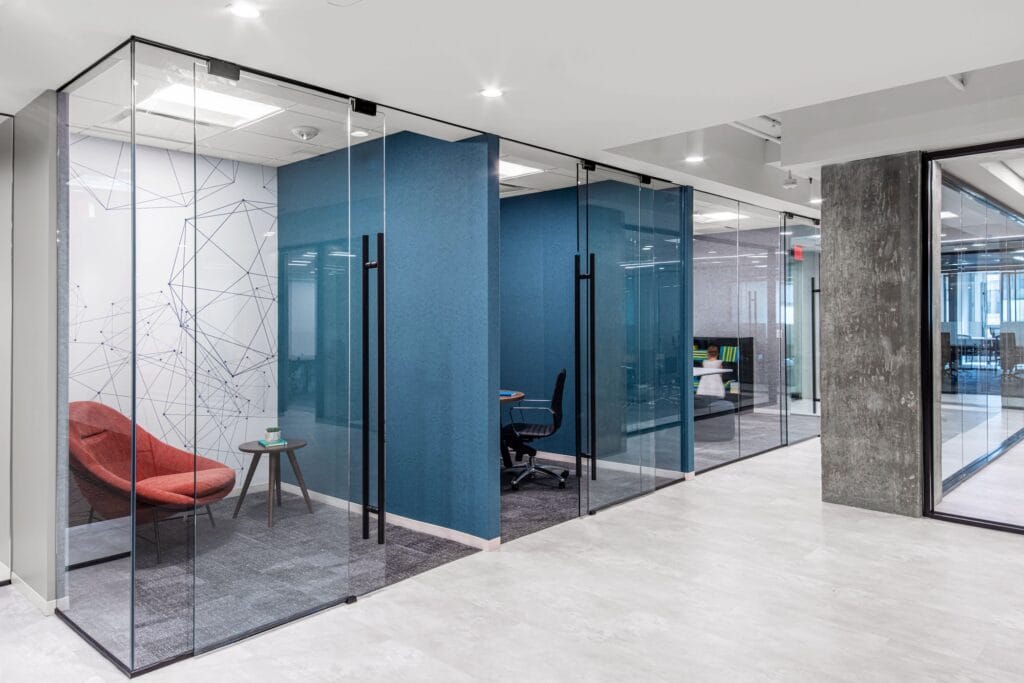
And though halogen and incandescent bulbs may offer improved color representation necessary for some creative teams, the increased energy consumption, heat dissipation and maintenance cost don’t make them a cost-effective solution for large-scale office buildings. By contrast, LED offers quality color representation at a much lower lifetime cost.
Thus, particularly for commercial offices, the choice is clear. LED lighting provides a range of benefits, while other bulb types provide only certain benefits.
Sources:
https://www.huttonpowerandlight.com/blog/led-vs-incandescent-lighting-a-cost-comparison/
https://www.displays2go.com/Article/LED-Halogen-Bulbs-A-Bigger-Difference-Than-You-Might-Think-69#
https://www.modern.place/how-long-to-led-bulbs-and-leds-last/
https://www.angi.com/articles/ask-angie-why-do-my-cfl-bulbs-flicker.htm
https://www.energycircle.com/blog/why-you-should-never-use-non-dimmable-cfls-dimmer-switches

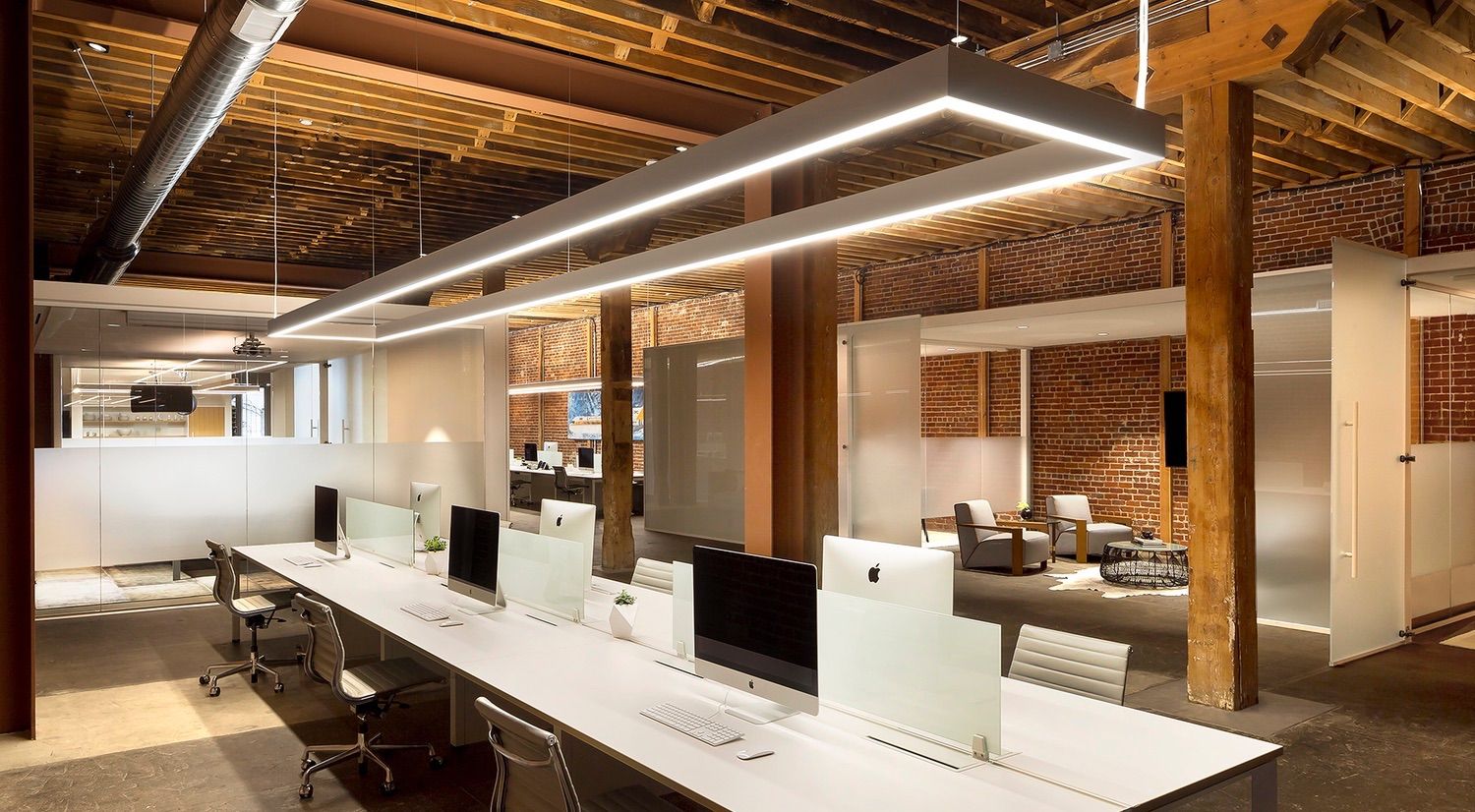
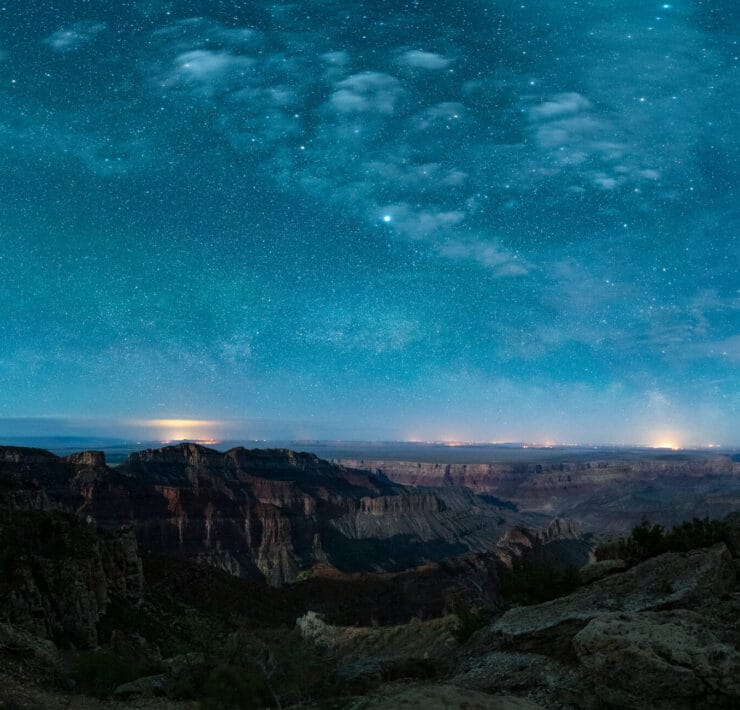
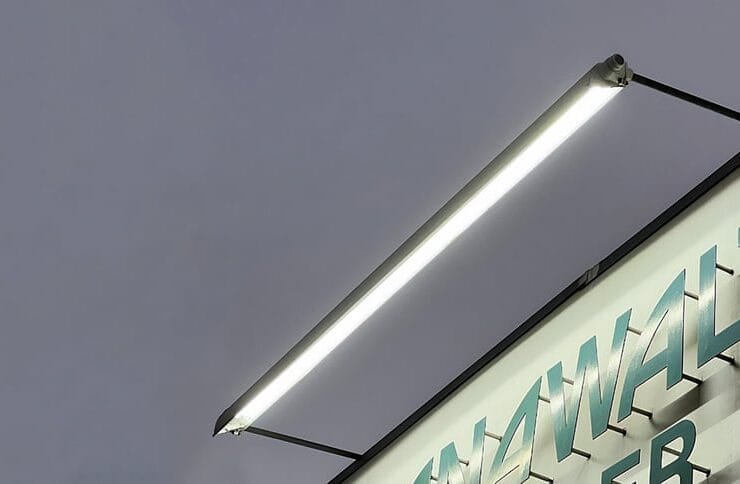
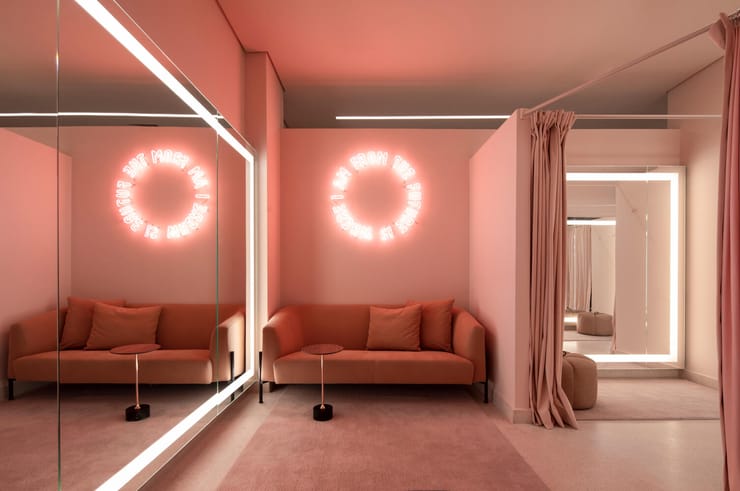
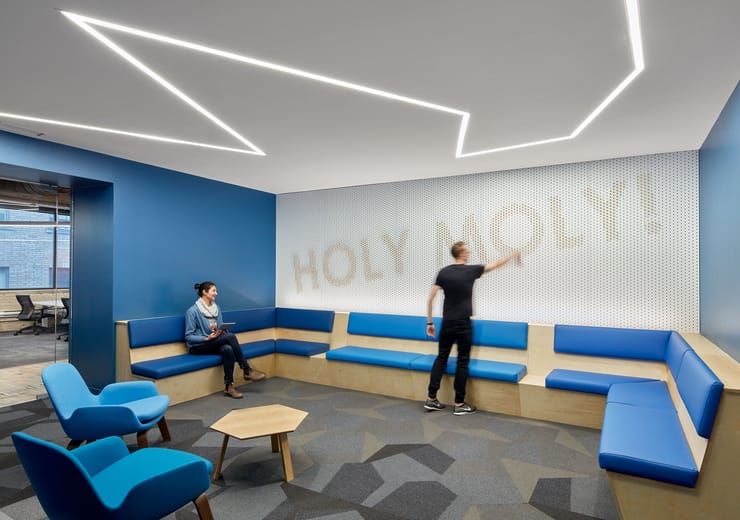
I didn’t realize that LED lights had a life span of 10-25 years. Depending on where your lights are placed in the building, this can be very convenient to help you not have to replace them very often. Plus, it gives you more time to benefit from lighting without worrying… Read more »
[…] Though there are some schools that are taking action to change fluorescent lights to more adjustable LED lights, we still have a long way to go. The costs for these adjustments don’t need to be overwhelming. We broke down what you can look for in regards to costs and… Read more »
[…] and halogen light sources both get high (90+) CRI ratings. The light from fluorescent and other discharge lamps is composed of a limited range of wavelengths therefore these light […]